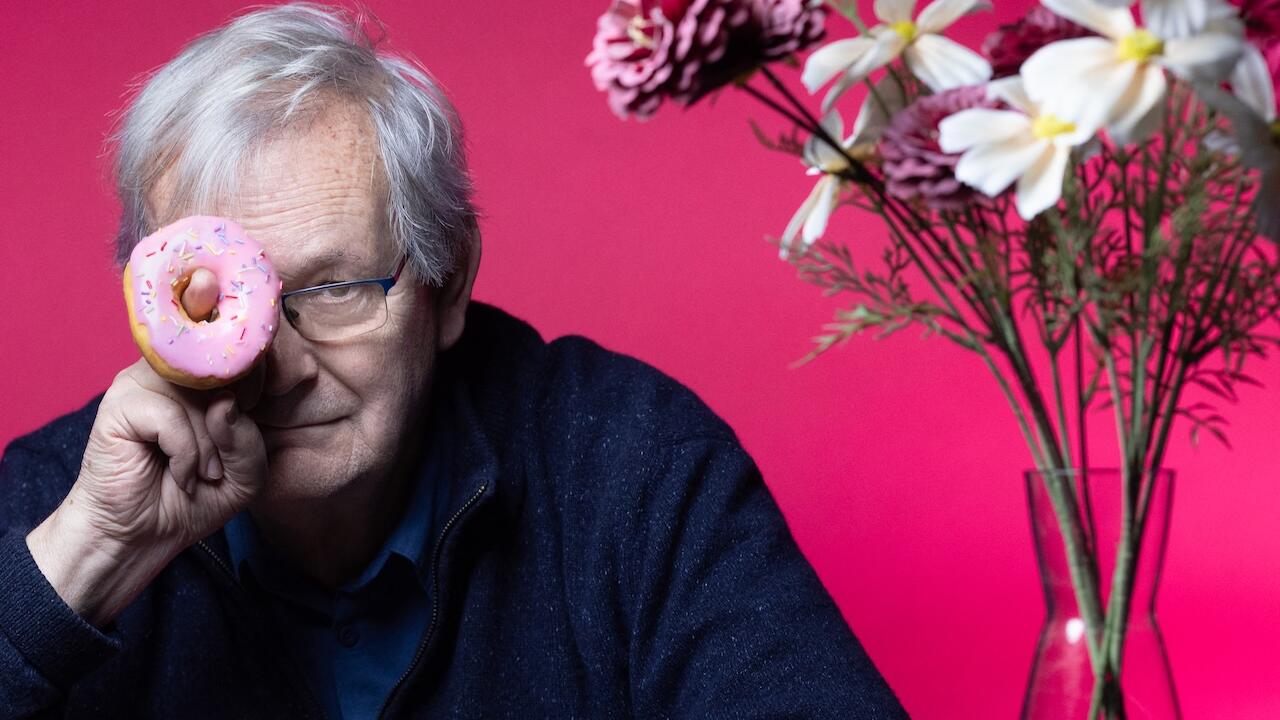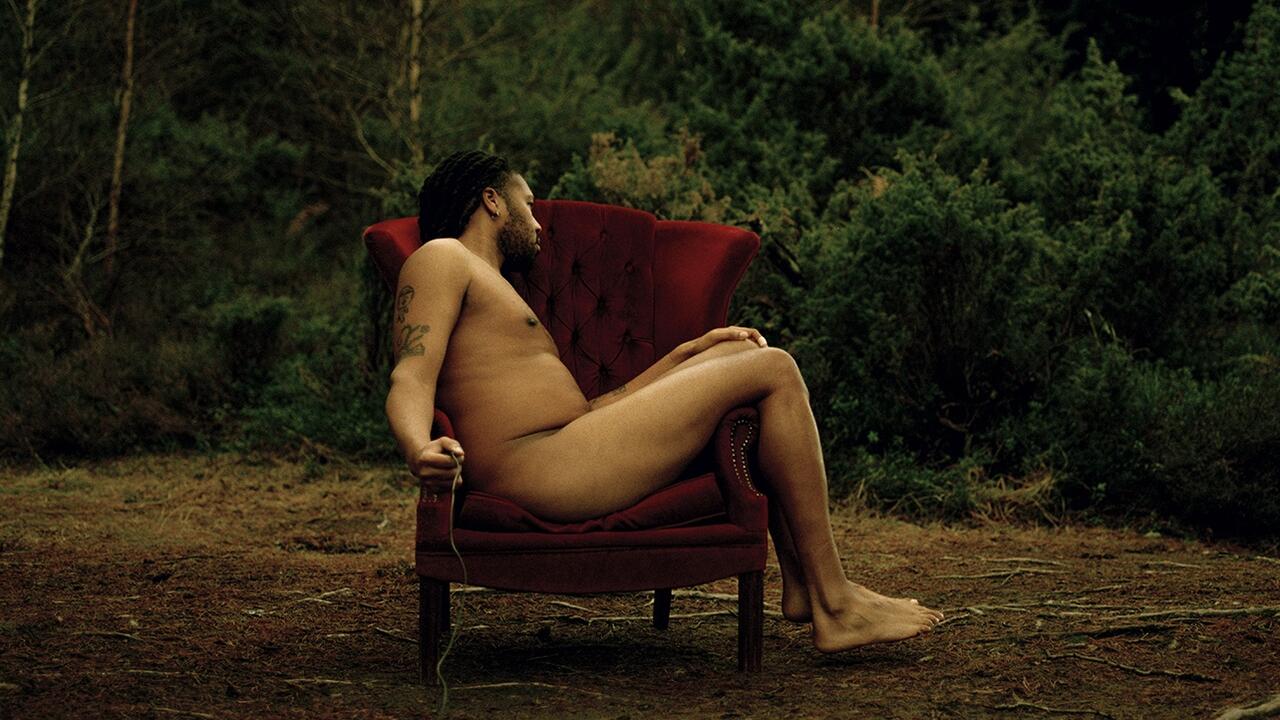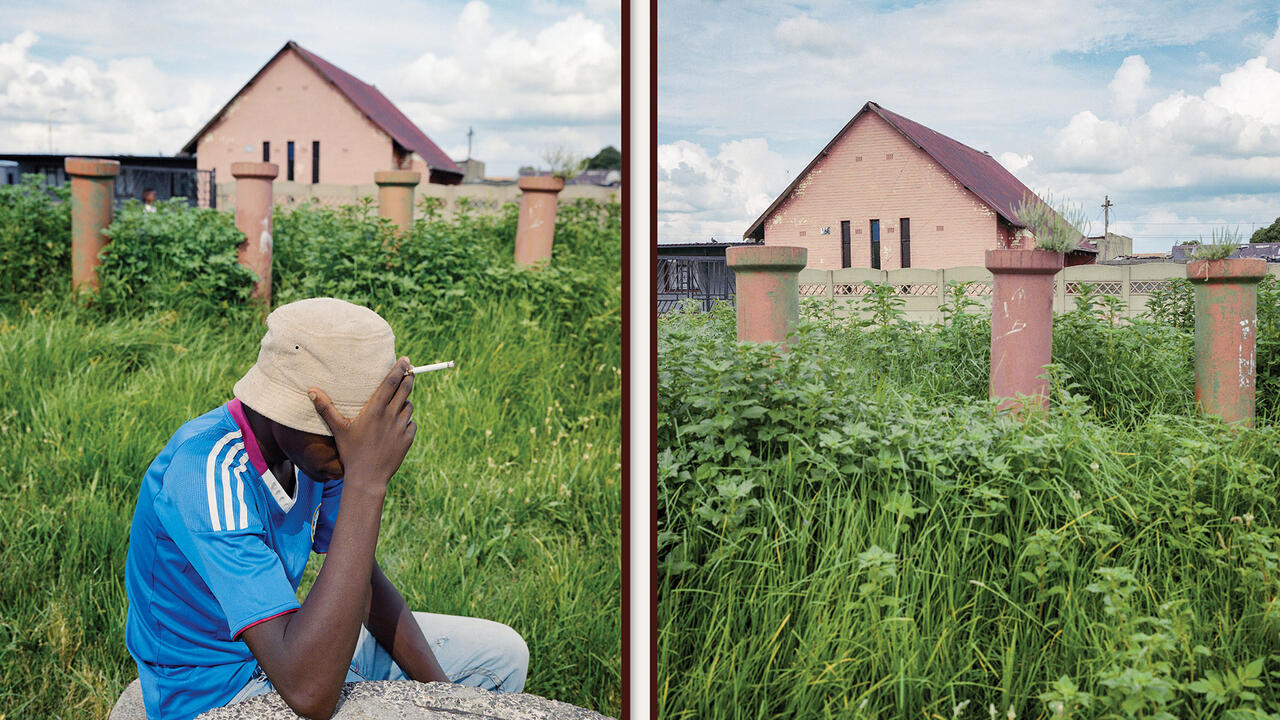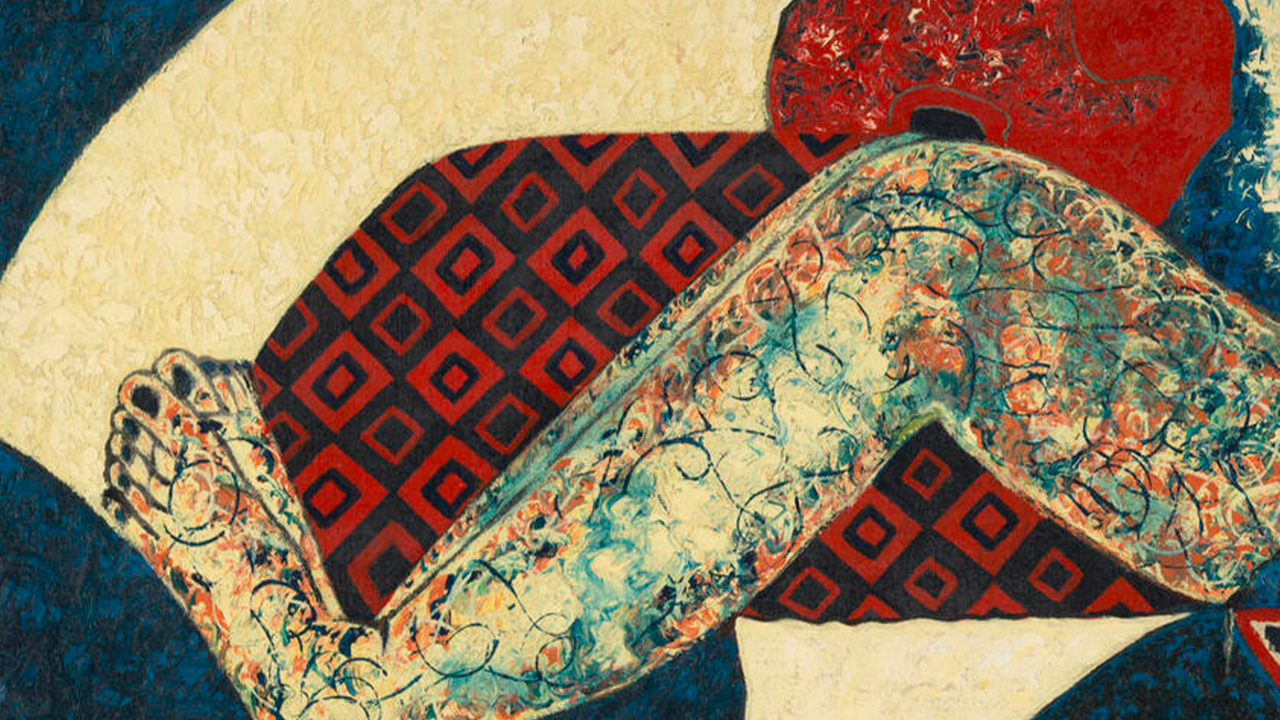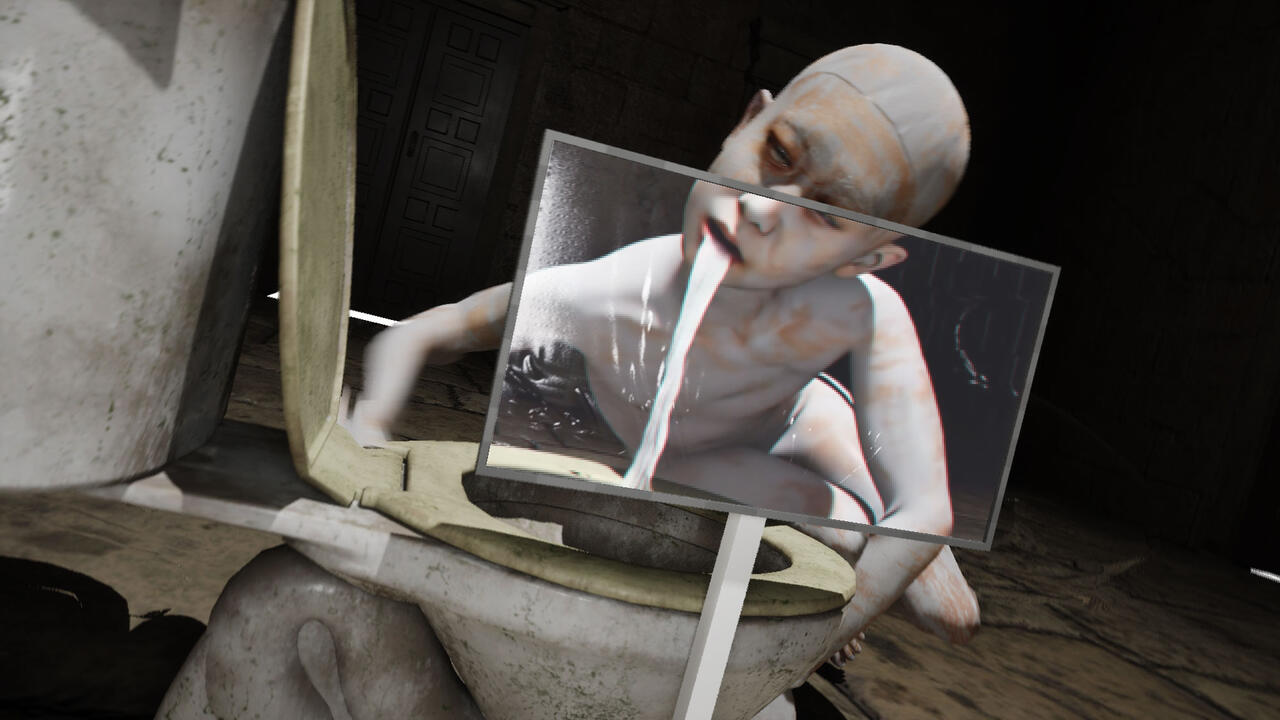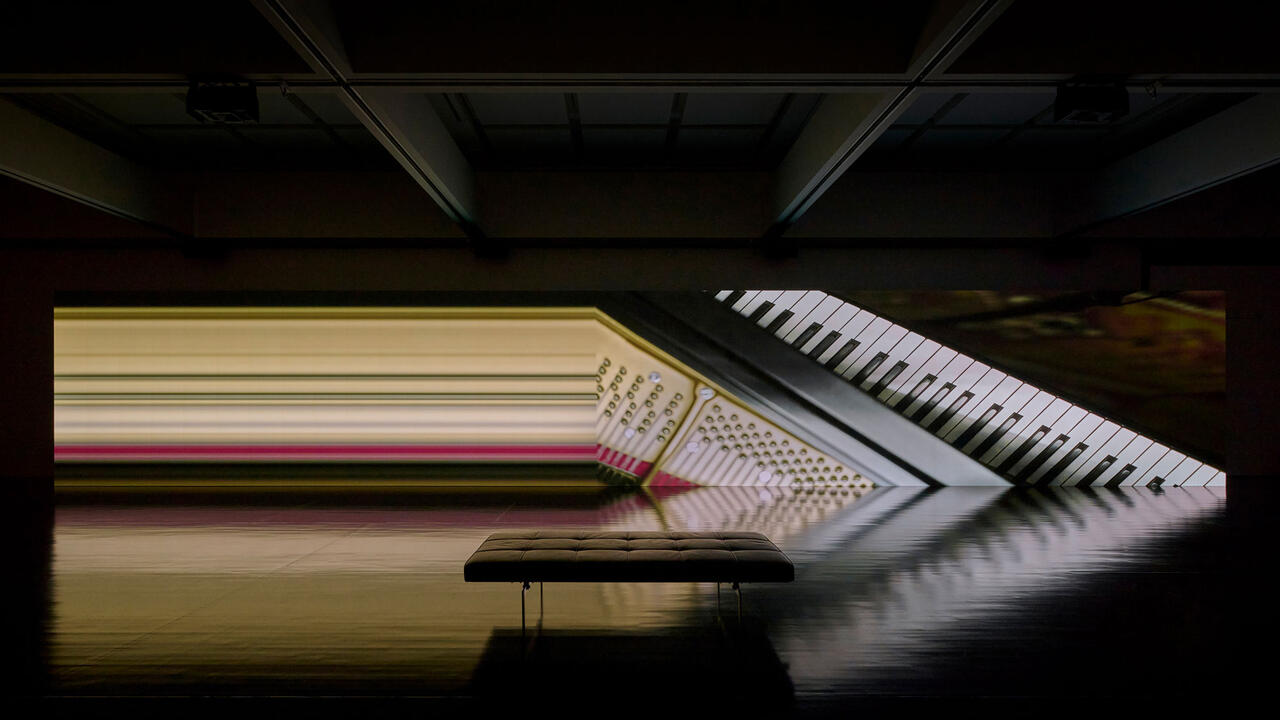How Kader Attia Demonstrates the Radical Healing Power of Art
The Algerian-French artist’s new show at the Hayward Gallery, London investigates what a museum should be used for
The Algerian-French artist’s new show at the Hayward Gallery, London investigates what a museum should be used for

In 2009, when Kader Attia visited ‘Picasso and the Masters’ at Paris’s Grand Palais, he was surprised to find that the show included works by Caravaggio, El Greco and Cézanne, yet made no mention of the African art that inspired Les Demoiselles D’Avignon (1907). His response was to dig out a mask he’d found in a Dakar market and cover it with mirror fragments – to ‘show how cubism was invented’.
‘Mirrors and Masks’ (2013–15) – an exquisite series of small, mirror-tiled sculptures made a few years later – is one of many delights in the first full-scale UK survey of work by the Algerian-French artist at London’s Hayward Gallery.
‘The Museum of Emotion’ is an impassioned, defiant show that explores the two key words of its title from many different angles. Museums, as Attia sees it, are based on the ‘obsession of the Western mind to organize the universe’. For classification, read control: just as, historically, museums have accumulated objects in cabinets of curiosity, post-colonial France now amasses the descendants of people from its former colonies in the ‘open-sky jails’ of the banlieues, north of Paris. That is where Attia, now 48, grew up and into whose drab, claustrophobic embrace he draws us in the video La Tour Robespierre (2018).

The Repair from Occident to Extra-Occidental Cultures (2012), which garnered the artist much praise at Documenta 13, plays more literally on the cabinet-of-curiosities idea. Arranged on the shelves of what seems to be a vast museum storeroom are a dozen or more, larger than life, rough-hewn wooden busts, surrounded by books, pamphlets and vintage photographs. Those at eye level invite closer inspection before you recoil from their scarred, distorted visages: these are the ghosts of World War I soldiers, who became known as the ‘broken faces’.
Set alongside Open Your Eyes (2010), a startling slideshow that juxtaposes images of soldiers treated by pioneers of plastic surgery with images of patched-up African masks, The Repair… makes us question our notions of beauty and wholeness. And, prompted by the title, we are invited to ponder our attitudes to repair, a theme that has long intrigued the artist. In the West, people commonly discard damaged objects, valuing only those in pristine condition. By contrast, in traditional societies, items are mended and restored – often retaining a trace of the damage. In Reflecting Memory (2016), a film about ‘phantom limb’ syndrome that won him the Marcel Duchamp Prize, the artist pursues the theme of reparation into the realms of psychological healing.
For Attia, repair has become a metaphor for cultural re-appropriation and resistance. When I met him at his studio three years ago, he showed me a Berber necklace dotted with French francs that he’d acquired. Similarly, The Repair… includes fine examples of ‘trench art’ Attia collected, where cartridges and artillery shells have been ingeniously repurposed as ashtrays and button hooks. Better still, a helmet has been turned into a lute.

‘If we do not resist society, we become its slaves,’ Attia tells the show’s curator, Ralph Rugoff, in an interview for the catalogue. But defiance is only part of the story. The artist’s exploration of emotion generates huge warmth as well, most notably in his photographs of Algerian transgender sex workers in Paris (‘La Piste d’atterissage’, The Landing Strip, 2000–02). Having met the group by chance, he won their trust by helping them with their efforts to stay legally in France. ‘They became like my sisters,’ he says. ‘I wanted to represent the whole picture of their lives, to show that even illegal immigrants working as transgender prostitutes have moments of joy, of happiness, of hope.’
I have seen more dramatic Attia shows – not least at Frankfurt’s Museum für Moderne Kunst in 2016, where the artist rearranged the busts from The Repair… to form an ‘audience’ for Abel Gance’s powerful anti-war film J’accuse! (1938). The triumphs of this exhibition, however, are its coherence and the thoroughness with which Attia delves into the assumptions that underpin museums. What shine through are his political optimism and his belief in the radical healing power of art. His work really does, as Rugoff puts it, ‘illuminate the possibilities of a new idea of repair’.
Main image: Kader Attia, ‘The Museum of Emotion’, installation view, 2019, Hayward Gallery, London. Courtesy: the artist and Hayward Gallery, London








